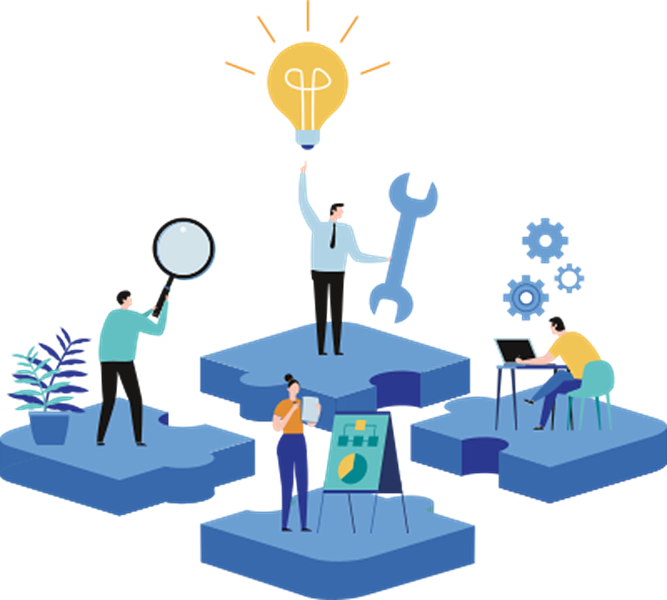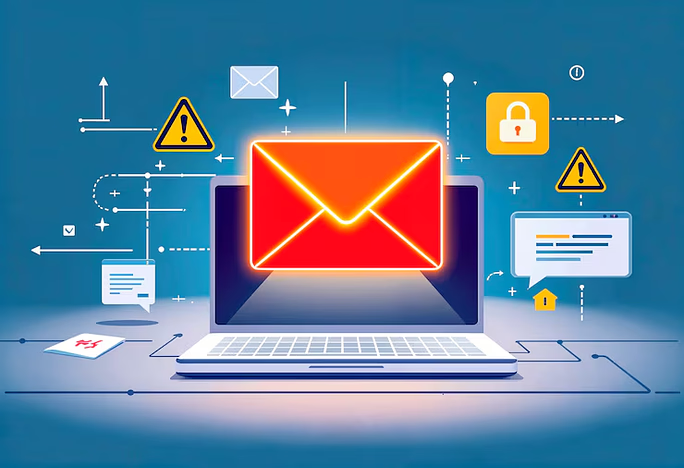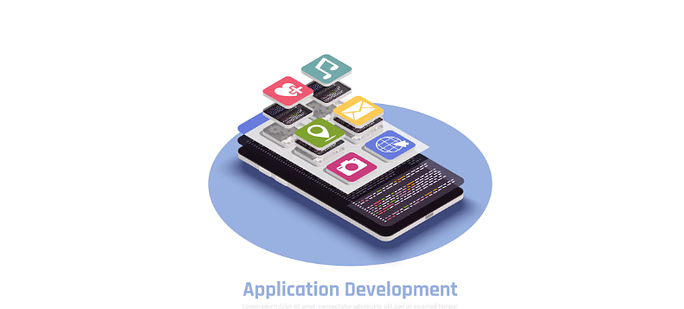Blockchain Programming Explained: How Developers Are Building the Future of Secure Apps

Blockchain programming refers to the process of creating decentralized applications (dApps) and writing smart contracts that operate on blockchain networks. It leverages cryptography to maintain security, trust, and transparency within transactions and systems. Developers focus on building smart contracts to handle automated agreements as well as designing the architecture that supports dApps. Popular languages used in blockchain programming include Solidity for Ethereum development, along with Python and JavaScript for broader blockchain solutions, depending on the platform and application requirements.
So, why are developers obsessed with Blockchain right now?
Here are some of the big wins:
- Security is baked in. Every transaction is encrypted and verified—no shady edits, no easy hacks.
- It's transparent. Imagine using an app where you can actually see the process instead of just trusting an intermediary. That's what Blockchain does.
- No single point of failure. Your app won't just go down because one server crashed. Decentralization keeps things running.
- Smart contracts do the heavy lifting. Think of them as little programs that execute agreements automatically: no human intervention, no delays.
- It's bigger than crypto. From tracking goods in supply chains to securing medical records, Blockchain is already proving itself outside finance.
- In healthcare, patients can control their own data through records stored on blockchains. This prevents patients from filling endless forms, making the procedure smooth.
- In finance, people no longer need to go through banks. They are lending, borrowing, and investing directly on De-Fi (Decentralized Finance).
- In supply chains, companies are tracking products from factory to customer to prove authenticity.
- For digital identity, Blockchain enables people to verify who they are without sharing their personal information with every random site.
- Solidity for Ethereum smart contracts.
- Rust for building fast, secure apps (especially on Solana).
- Go and JavaScript are used when developers want flexibility across platforms.
- Frameworks like Truffle and Hardhat are used to test and launch smart contracts.
Don't worry—you don't need to memorize these. But it's good to know that blockchain programming isn't some mysterious dark art. Developers are just working with the right tools to build apps that are safer and smarter.
Building secure blockchain apps doesn't have to be complicated. Follow these essential steps:
- Define scope & threats
Identify the assets, users, and potential risks your app will face. - Pick the right blockchain
Choose public, private, or consortium networks depending on your business needs and privacy requirements. - Select tools & languages
Use Solidity, Rust, or Go along with frameworks like Hardhat or Truffle to develop smart contracts and decentralized apps. - Design smart contracts securely
Keep contracts simple, implement access controls, and avoid risky coding patterns. - Test thoroughly
Run unit tests, integration tests, and deploy on testnets to catch issues early. - Audit & review
Get third-party audits and, if possible, launch bug bounty programs to find vulnerabilities before production. - Secure keys & data
Protect private keys with hardware wallets or HSMs, and store sensitive data off-chain when possible. - Monitor & maintain
Track transactions, set up alerts, and apply updates or patches to keep your app secure over time.
Here's the exciting part: we're only scratching the surface. Right now, blockchain programming is powering finance and supply chains—but give it a few years, and we might see it everywhere. Voting apps, global ID systems, and even smart cities could run on Blockchain.
If the last decade was about mobile apps, the next one might be about decentralized apps powered by Blockchain programming.
Blockchain programming is not just tech jargon; it's about creating apps that people can trust. Secure, transparent, and future-ready.
And if your business is curious about exploring this space, that's where Ideas2Goal comes in. As a team that specializes in custom blockchain solutions, we don't just build apps—we help you figure out how Blockchain can solve your real problems.



